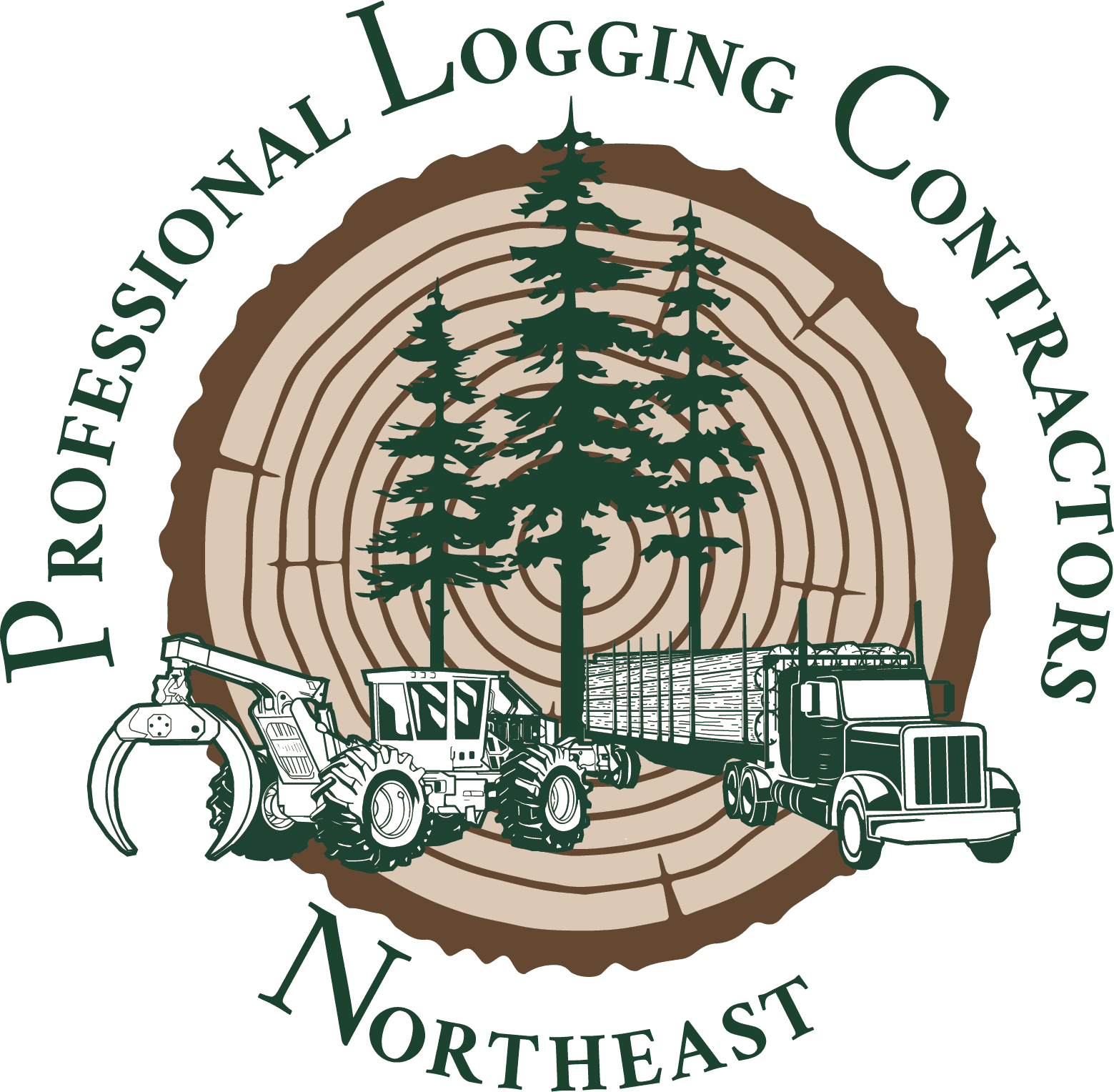How can PLC Members Go Green for Safety?

Evaluating risk is the first step in preventing accidents in the workplace. As we review safety issues in this newsletter, we will consistently talk about “Going Green” in regards to safety. What does this mean? Very simply, we classify potential safety risks in the workplace using a three-color system.
• Red is used to classify tasks that are dangerous or clear hazards present in the workplace.
• Yellow is used to classify tasks that could be dangerous or potential hazards present in the workplace.
• Green is used to classify tasks and potential hazards in the workplace where risk is low or eliminated thanks to measures including Personal Protective Equipment (PPE) being used and readily available; employees being made aware of and able to communicate about hazards, PPE requirements, first aid measures, storage requirements and handling procedures; or where annual training on preventing injury is being completed.
The goal with going GREEN is to get all tasks and potential hazards to GREEN and to have a system for recognizing tasks and elements in the workplace that are clearly hazards – RED, or potentially hazardous and in need of improvement – YELLOW.
PLC Safety Newsletter
COLD STRESS
Jan. 19, 2018
By Miranda Gowell, PLC Safety Coordinator
What does “go green” mean when it comes to working in the logging industry in the cold ? What does it mean to be safe while working in the cold?
First of all, we need to look at near misses, incidents and accidents connected to working in the cold and ask a few questions:
When equipment is more likely to break down, are your employees in danger? What near misses, incidents and accidents have occurred while working in the cold in the past? Did we prepare our equipment and employees for working in cold temperatures? Are we providing cold stress training to all our employees? Do we have policies and procedures we follow for how we are going to manage wind chill? *(If not you can locate resources at http://www.nws.noaa.gov/om/cold/wind_chill.shtml)
We also need to ask, have we worked with our maintenance crews, drivers and equipment operators on how to prepare equipment for the cold? Do our employees know how to recognize cold stress risk factors? Have we reviewed cold stress first aid? Do you and your employees know how to monitor themselves and each other for cold stress? Are we training employees to prevent cold stress accidents, injuries, near-misses? Are we identifying how we can prevent the same accidents, incidents, injuries and near misses from reoccurring? Do we know the best practices for preventing injuries and losses when it comes to working in the cold? Are we conducting accident investigations and discovering the root causes? Do we have appropriate Personal Protective Equipment (PPE) and first aid kits for cold stress? Do we have policies and procedures for our employees to follow? Are we taking adequate preventative measures daily to protect ourselves from cold stress? Are we communicating with our employees that there are unique cold stress hazards for the logging industry? Are we modifying our work procedures to protect our employees from cold stress? Are we monitoring our employees more closely during extreme cold temperatures? Are we using the buddy system and ensuring all employees have communication devices? Have you talked to your employees about dressing in layers and the symptoms of cold stress?
Finally, when we have done all this, we then group the tasks that we do into the three categories of risk. For example, RED could be used for cold stress injuries/losses experienced in the past, YELLOW could be used to identify areas in need of improved training, and GREEN could be used for areas where we already have good preventative processes in place.
Has your company had a near miss, injury, or accident?
Submit accident investigation details as well as preventative measures to:
Miranda Gowell, PLC Safety Coordinator at safety@maineloggers.com or (207) 841-0250
